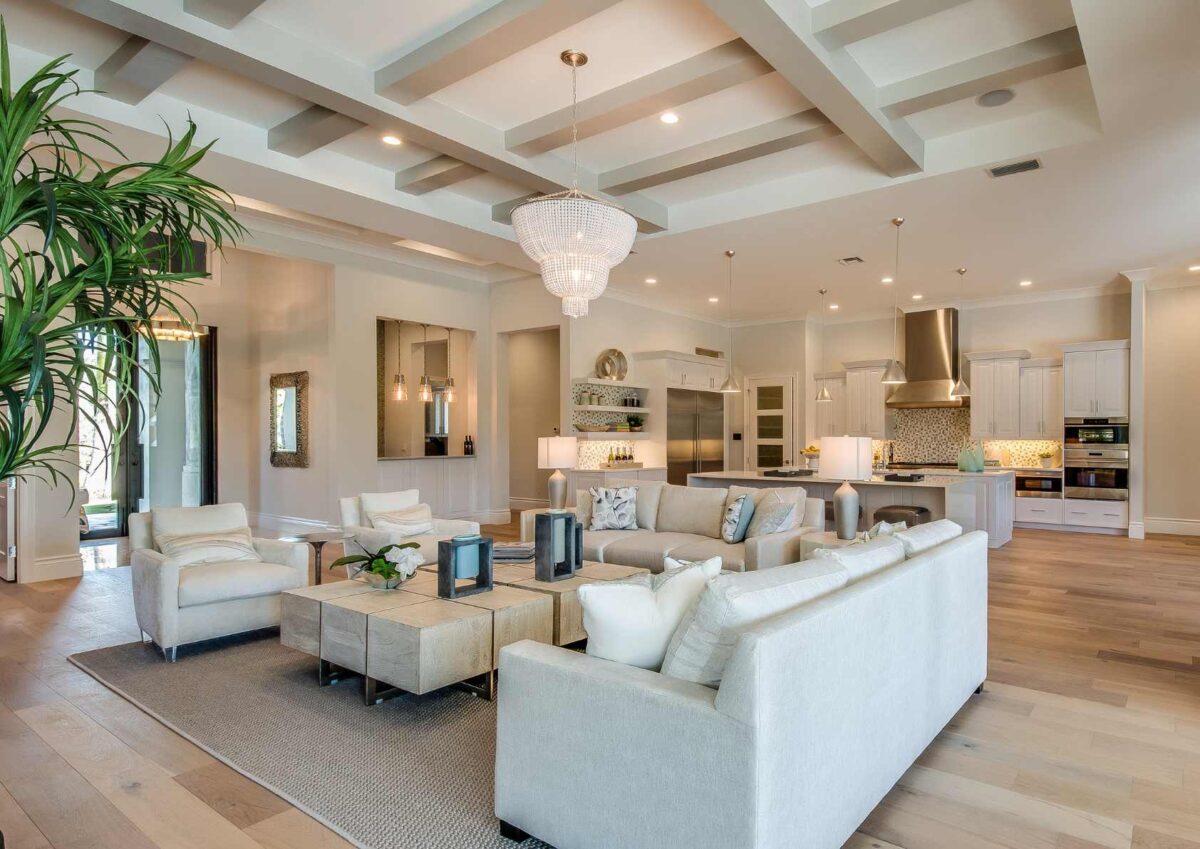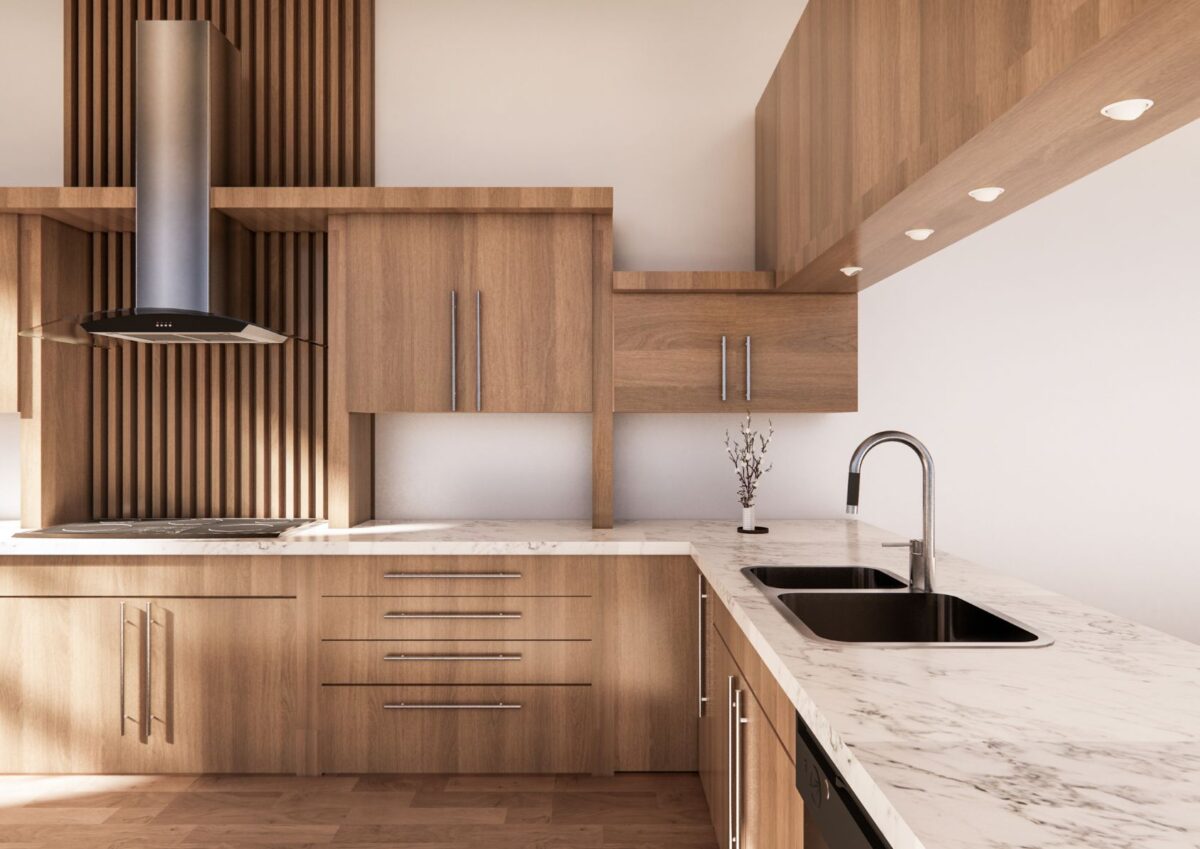Introduction: Why Smart Homes Are Leading the Way
As technology becomes more integrated into our daily lives, it’s no surprise that smart home features are now at the top of many buyers’ wish lists. Whether you’re a homeowner, seller, or real estate enthusiast, understanding the smart home essentials for modern living can help you stay ahead of market trends. In this post, we’ll explore the must-have tech upgrades that boost convenience, enhance home security, and improve energy efficiency—three areas where smart homes truly shine.
Convenience at Your Fingertips: Home Automation
One of the most significant advantages of smart homes is how they streamline everyday tasks. Home automation tools such as voice-activated assistants (like Amazon Alexa or Google Home), smart lighting systems, and connected appliances allow homeowners to control their environments with a tap or voice command.

Smart thermostats like the Nest Learning Thermostat or Ecobee let you control the temperature from anywhere. They also learn your habits and adjust settings automatically. These innovations are not just trendy—they’re a real draw for modern buyers who want seamless, tech-forward living.
Pro Tip: When showing or marketing a home, highlight how these smart systems create an easier, more connected lifestyle. It’s one of the top smart home essentials for modern living that makes a real difference.
Safety First: Must-Have Smart Security Features
f, and smart tech has revolutionized how we protect our spaces. From video doorbells like Ring and Eufy to entire security systems that include motion sensors, window alerts, and mobile notifications, buyers love knowing they can monitor their home from anywhere.
Smart locks are another key upgrade. These allow remote access, temporary codes for guests or service professionals, and real-time entry tracking. Paired with outdoor cameras and floodlights, they provide peace of mind and a high-tech edge to any home.
Tip for Sellers: Highlighting these features in your listing descriptions or showings can increase perceived value and attract security-conscious buyers who prioritize smart home essentials for modern living.
Save More with Smart Energy Solutions
With rising utility costs and growing eco-consciousness, energy efficiency is a big selling point. Smart home tech can significantly reduce consumption without sacrificing comfort.
Smart lighting systems let you program or control lights remotely, helping to eliminate wasted electricity. Plugs and power strips with built-in timers or voice control features are easy upgrades that can make a big impact.

Solar panel monitoring systems, smart irrigation controllers, and energy monitoring apps also give homeowners real-time insights into their usage, empowering them to make better decisions.
Homes equipped with these energy-saving tools not only lower monthly bills but also appeal to buyers looking for sustainable living options—key smart home essentials for modern living that align with current real estate trends.
What This Means for Real Estate Buyers & Sellers
These features offer buyers comfort, savings, and peace of mind. For sellers, investing in smart upgrades can mean faster sales and higher offers. Homes with integrated smart systems often stand out in competitive markets, making them more desirable to tech-savvy, energy-conscious buyers.
As more people seek homes that reflect modern lifestyles, showcasing these upgrades is no longer optional—it’s essential.
Conclusion: Making Smart Moves in Real Estate
Whether you’re house-hunting or preparing to list your property, understanding and embracing smart home essentials for modern living can give you an edge. From energy savings and improved convenience to top-tier security, these tech upgrades are reshaping how we think about homeownership.
Ready to make your home smarter? Start with one upgrade at a time and watch how your lifestyle and home’s market appeal transform.



























